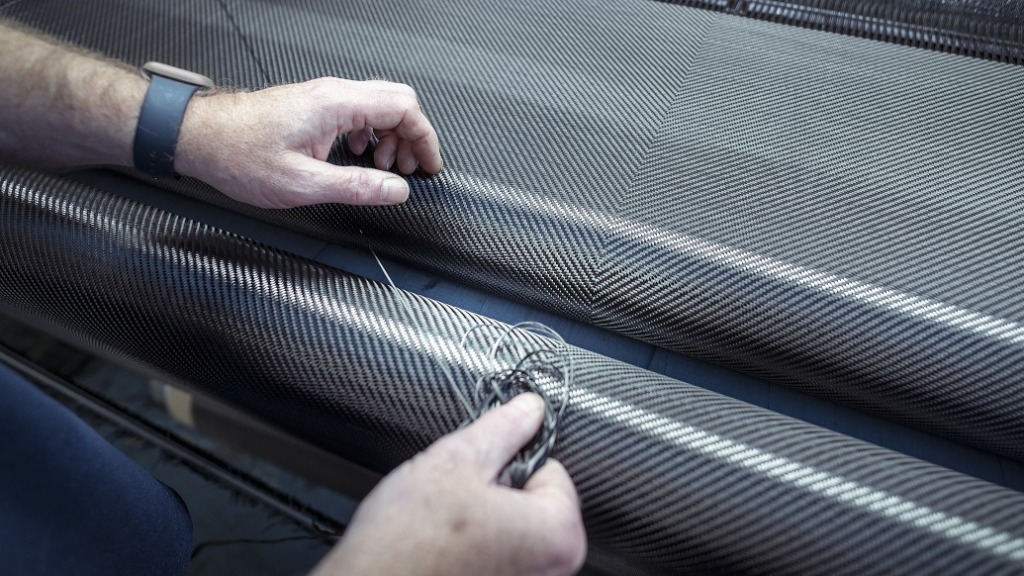
The EU finally decided not to ban the use of carbon fiber in automobile manufacturing. This is because in January this year, the EU department responsible for recycling old cars submitted an amendment to the scrapped vehicle directive. In order to ensure that no harmful substances are released into the environment when the vehicle is scrapped, the directive proposes to add carbon fiber to the EU list of hazardous substances, along with toxic substances such as mercury, lead and cadmium. According to the plan, the EU may ban the use of carbon fiber in automobile manufacturing as early as 2029.

Operators weave carbon fiber for car trim in a factory
As soon as the news came out, Japanese media reported the matter first. After all, Japanese manufacturers control 54% of the global carbon fiber market share. According to Nikkei Asia, if the ban is finally implemented, the three Japanese companies Toray Industries, Teijin and Mitsubishi Chemical will suffer huge losses.
Carbon fiber is widely used in racing car manufacturing because of its high strength and low weight. The McLaren F1 car, MP4/1, which debuted in 1981, was made entirely of carbon fiber composite materials. The MP4/1 was also a major innovation in the field of safety for F1. After McLaren, all F1 teams began to use carbon fiber on a large scale.
In addition to racing cars and supercars, electric cars also rely heavily on the use of carbon fiber to reduce the weight of the battery and increase the range. The application of carbon fiber body is an absolute highlight of BMW's first pure electric mass-produced model, the i3. However, due to poor sales, the i3 was discontinued four years ago. Because the cost of carbon fiber is too high, BMW finally shut down the entire carbon fiber body production line at its Leipzig plant in 2020.
What are the disadvantages of carbon fiber? Regulators believe that carbon fiber is a material made of micron-sized carbon fiber filaments bonded together by resin. During the recycling and degradation process, these tiny carbon filaments may fall off and float in the air. If they are caught in the machine, it is easy to cause the machine to short-circuit; if they come into contact with the skin or are inhaled into the human body, it may cause pain and injury.
Despite this, the EU withdrew its proposal to ban the use of carbon fiber. It is generally believed that the EU may have finally compromised under pressure. It is not just Japan's three major carbon fiber manufacturers that object to the ban on the use of carbon fiber. After all, the automotive industry only accounts for 20% of carbon fiber applications. Other fields that widely use carbon fiber, including the aviation industry and wind turbines, are also likely to raise their own protests.



DigaDphL HzjNIC XtIsg CtfALks Ppqd CxGFkd AJf